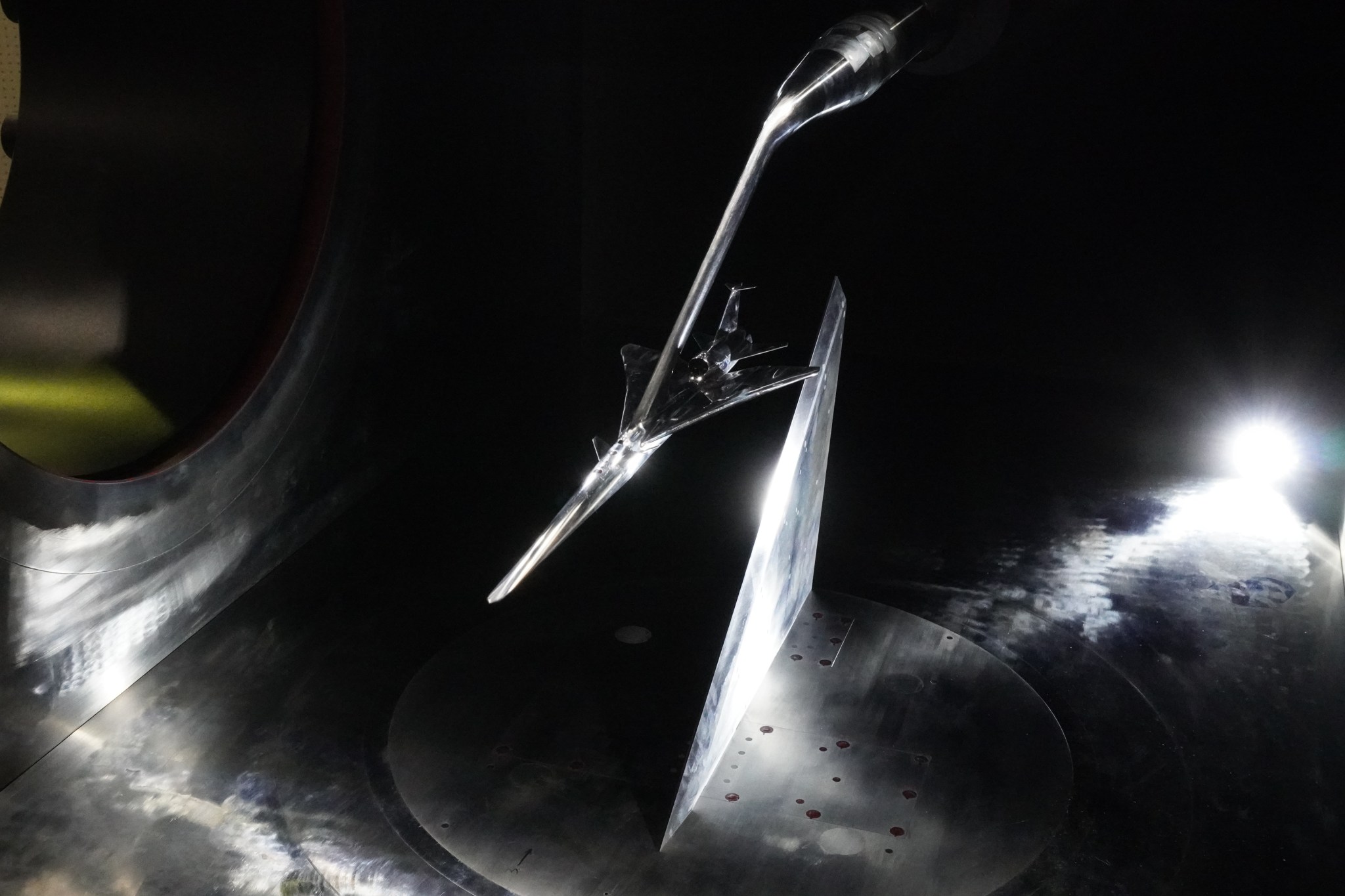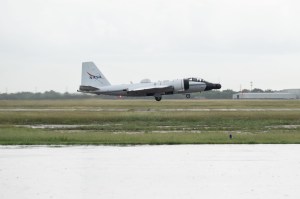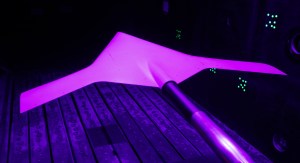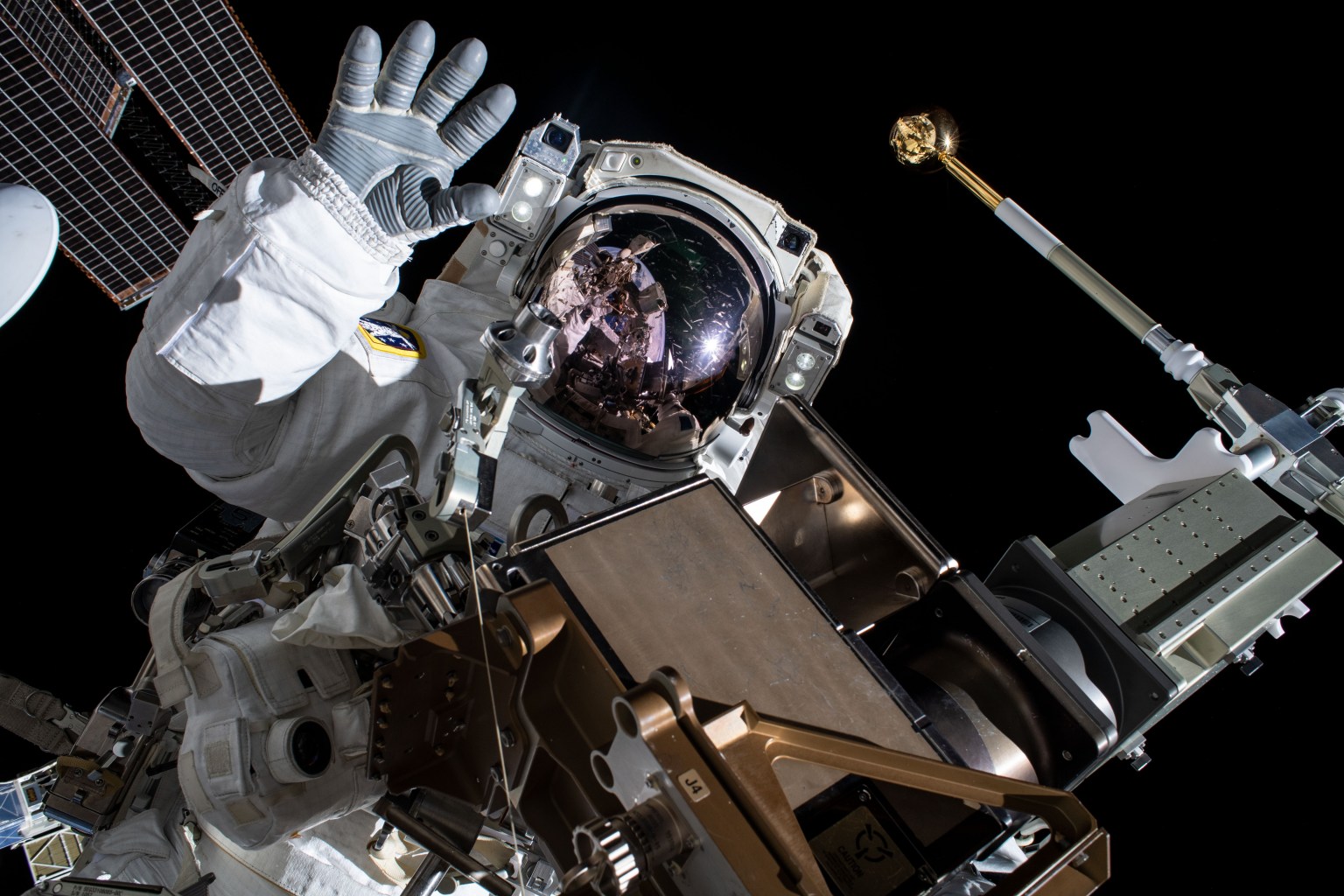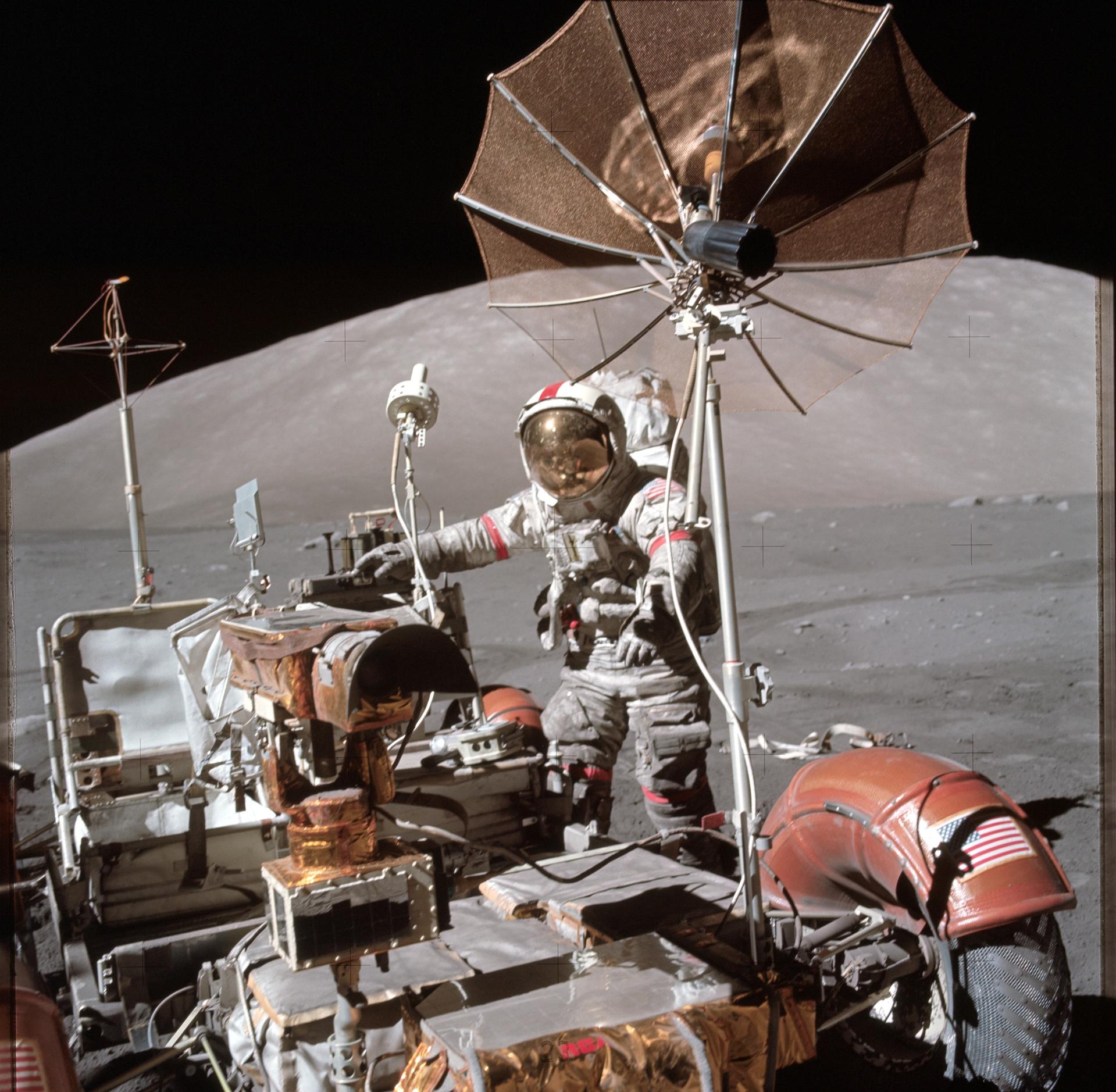X-59 Model Tested in Japanese Supersonic Wind Tunnel
- NASA and JAXA recently tested a scale model of the X-59 experimental aircraft in a supersonic wind tunnel to assess noise levels underneath the aircraft.
- The test, which was the third round of wind tunnel tests for the X-59 model, aimed to gather data on how air will flow around the aircraft at supersonic speeds and produce shock waves that result in a quieter sonic thump.
- The X-59 is designed to fly faster than the speed of sound without causing a loud sonic boom, and the test results will help researchers understand the noise level created by these shock waves.
- The data from this test will be compared to predictions derived through Computational Fluid Dynamics modeling to validate the aircraft’s design and ensure it meets NASA’s goals for quiet supersonic travel.
- The X-59 is part of NASA’s Quesst mission, which aims to develop technology for quiet supersonic airliners that can achieve high speeds without disturbing people on the ground, and will deliver design tools and technology for commercial operators in the future.
2 min read
Preparations for Next Moonwalk Simulations Underway (and Underwater)
Researchers from NASA and the Japanese Aerospace Exploration Agency (JAXA) recently tested a scale model of the X-59 experimental aircraft in a supersonic wind tunnel located in Chofu, Japan, to assess the noise audible underneath the aircraft.
The test was an important milestone for NASA’s one-of-a-kind X-59, which is designed to fly faster than the speed of sound without causing a loud sonic boom.
When the X-59 flies, sound underneath it – a result of its pressure signature – will be a critical factor for what people hear on the ground.
The X-59 is 99.7 feet long, with a wingspan of 29.7 feet. The JAXA wind tunnel, on the other hand, is just over 3 feet long by 3 feet wide.
So, researchers used a model scaled to just 1.62% of the actual aircraft – about 19 inches nose-to-tail. They exposed it to conditions mimicking the X-plane’s planned supersonic cruising speed of Mach 1.4, or approximately 925 miles per hour.
The series of tests performed at JAXA allowed NASA researchers to gather critical experimental data to compare to their predictions derived through Computational Fluid Dynamics modeling, which include how air will flow around the aircraft.
This marked the third round of wind tunnel tests for the X-59 model, following a previous test at JAXA and at NASA’s Glenn Research Center in Ohio.
The data will help researchers understand the noise level that will be created by the shock waves the X-59 produces at supersonic speeds.
The shock waves from traditional supersonic aircraft typically merge together, producing a loud sonic boom. The X-59’s unique design works to keep shock waves from merging, will result in a quieter sonic thump.
The X-59 was built in Palmdale, California at contractor Lockheed Martin Skunk Works and is undergoing final ground tests en route to its historic first flight this year.
NASA’s Quesst mission aims to help change the future of quiet supersonic travel using the X-59. The experimental aircraft allow the Quesst team to gather public feedback on acceptable sound levels for quiet supersonic flight.
Through Quesst’s development of the X-59, NASA will deliver design tools and technology for quiet supersonic airliners that will achieve the high speeds desired by commercial operators without creating disturbance to people on the ground.

